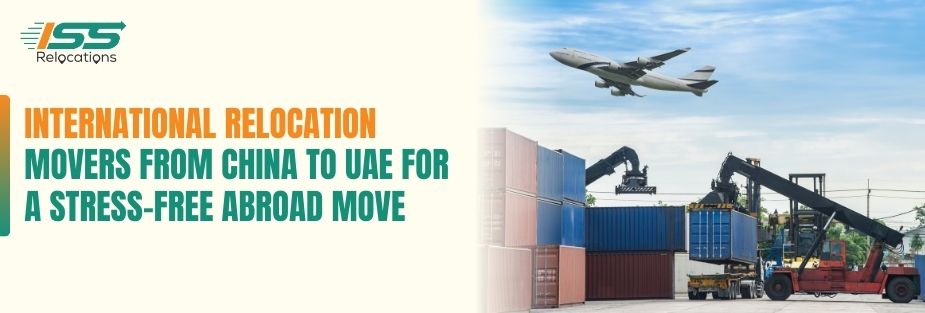
Australia Unveils Sweeping Immigration Reforms: Key Changes Impacting Visa Applicants and Employers
In a significant move, the Australian government has recently revealed a series of pivotal changes to its immigration rules, which are poised to have far-reaching implications for both visa applicants and employers. These changes encompass diverse aspects of the immigration landscape, including student visa processing priorities, modifications to labour market testing requirements, and a comprehensive migration strategy. Here is an in-depth overview of the latest developments:
Student Visa Processing Priorities
On December 14, 2023, Ministerial Direction No. 107 was signed, formalizing the processing priorities for the student and student guardian visa programs in Australia. Allocated evidence levels to Commonwealth Register of Institutions and Courses for Overseas Students (CRICOS)-registered education providers play a crucial role in determining the priority of applications from international students.
Under the new directive, the highest priority is accorded to:
- Student visa applications lodged outside Australia by Schools sector, Foreign Affairs or Defence sector, and Postgraduate Research sector applicants.
- Higher Education, English Language Intensive Course for Overseas Students (ELICOS), Vocational Education and Training (VET), and Non-Award sector applicants studying at an education provider with an evidence level 1.
- Subsequent entrant applications lodged outside Australia that include an unmarried family member under 18 years.
- All Student Guardian visa applications (lodged in or outside Australia).
Notably, secondary applicants included in the primary visa application will receive the same processing priority as the primary applicant. The changes are effective for all visa applications lodged on or after December 15, 2023, and for those lodged before this date but yet to be finalized. Student visa applications lodged within Australia will continue to be processed under existing arrangements.
Removal of Labour Market Testing (LMT) Requirement
Effective December 11, 2023, the immigration law has been updated to eliminate the mandatory requirement for employers to advertise on the Workforce Australia website. This change specifically applies to subclass 482 and 494 nomination applications, providing employers with greater flexibility in conducting Labour Market Testing. The updated instrument also allows nominated positions to be advertised over two or more overlapping periods totaling a minimum of four weeks.
This modification aligns with the broader objectives outlined in the Government’s Migration Strategy, which was concurrently published.
Migration Strategy Unveiled
Released on December 11, 2023, the Migration Strategy represents a comprehensive reform of the Australian migration system. It builds upon the recommendations of the 2023 Review of the Migration System (the Parkinson Review) and the Rapid Review into the Exploitation of Australia’s Visa System (the Nixon Review). The strategy encompasses eight key actions:
- Targeting temporary skilled migration to address skills needs and promote worker mobility.
- Introduction of a Skills in Demand visa with full mobility and clear pathways to permanent residence.
- Establishment of a Specialist Skills Pathway to attract highly skilled workers, particularly in technology or green energy industries.
- Introduction of a Core Skills Pathway to meet targeted workforce needs with a simplified, regularly updated occupation list.
- Reshaping permanent skilled migration to drive long-term prosperity.
- Exploration of a reformed points test for permanent skilled migration.
- Introduction of a new Talent and Innovation visa for migrants driving growth in nationally important sectors.
- Strengthening the integrity and quality of international education.
- Implementation of higher English language requirements for international students and graduates.
- Increased scrutiny of high-risk student visa applications with a $19 million investment in the Home Affairs student visa integrity unit.
- Tackling worker exploitation and misuse of the visa system.
- Establishment of a public register of employer sponsors to enhance integrity and support migrant worker mobility.
- Planning migration to get the right skills in the right places.
- Adoption of a new approach to planning permanent migration over the long term.
- Greater collaboration between states and territories on net overseas migration forecasts.
- Tailoring regional visa and the Working Holiday Maker Program to support regional Australia and its workers.
- Issuance of a new direction prioritizing regional visa processing.
- Deepening people-to-people ties in the Indo-Pacific.
- Simplifying the migration system to improve the experience for migrants and employers.
- Removal of over 20 unnecessary and duplicative visas to streamline the system.
These groundbreaking changes underscore Australia’s commitment to fostering a robust and adaptive immigration system that addresses current challenges while paving the way for long-term prosperity. Stakeholders, including prospective migrants and employers, are encouraged to stay informed about these developments to navigate the evolving landscape effectively. As immigration policies evolve, travel logistics also come into focus. With peak season travel expected to surge, it’s advisable to book early and prepare accordingly to avoid last-minute complications.
Plan Stress-free Move with Top Moving Company in UAE - ISS Relocations

Moving Company - Recent Blog
Stay informed and prepared for your next move with our latest blogs on moving services in the UAE. From expert packing tips to international relocation guides, ISS Relocations brings you up-to-date insights to make your moving experience smoother, safer, and stress-free.










